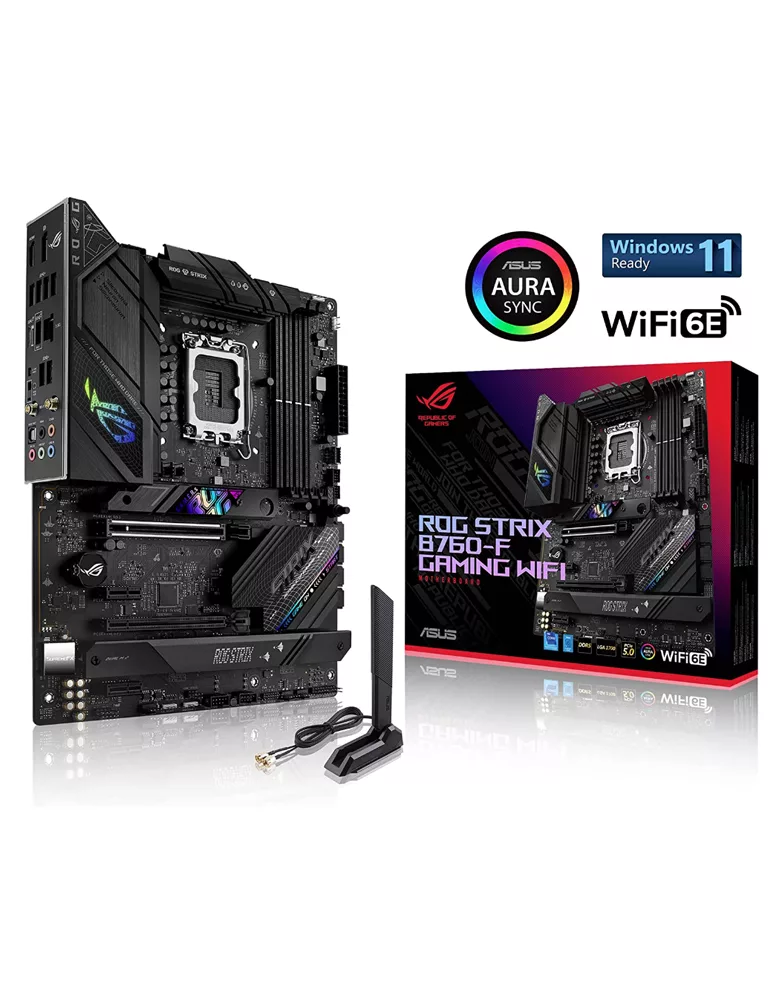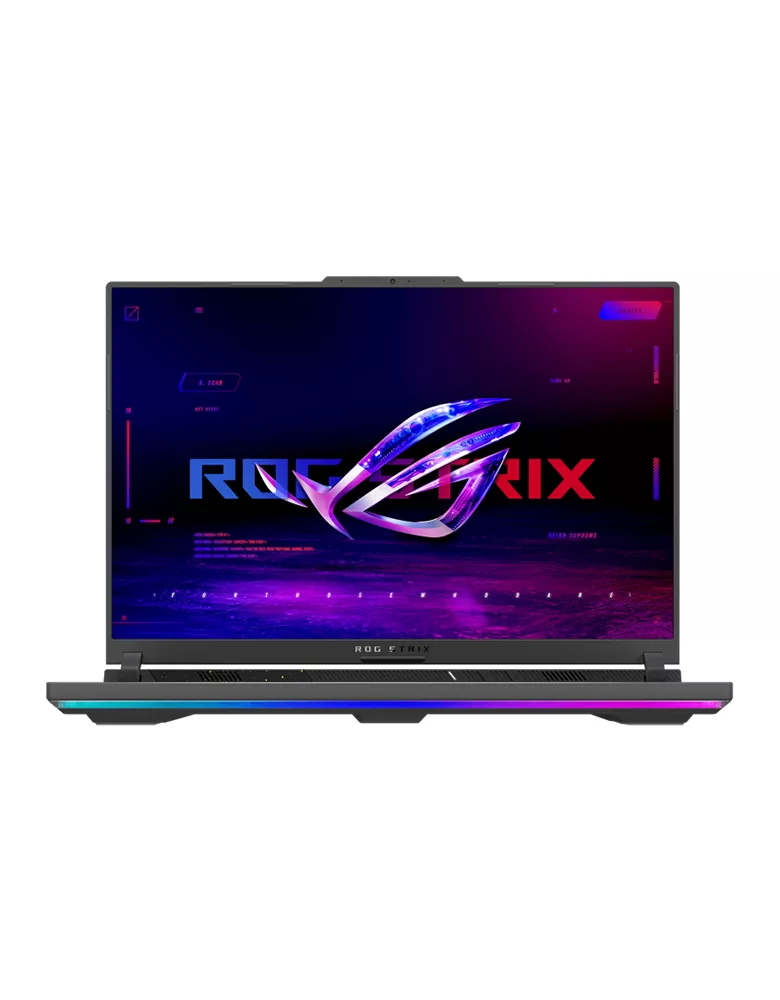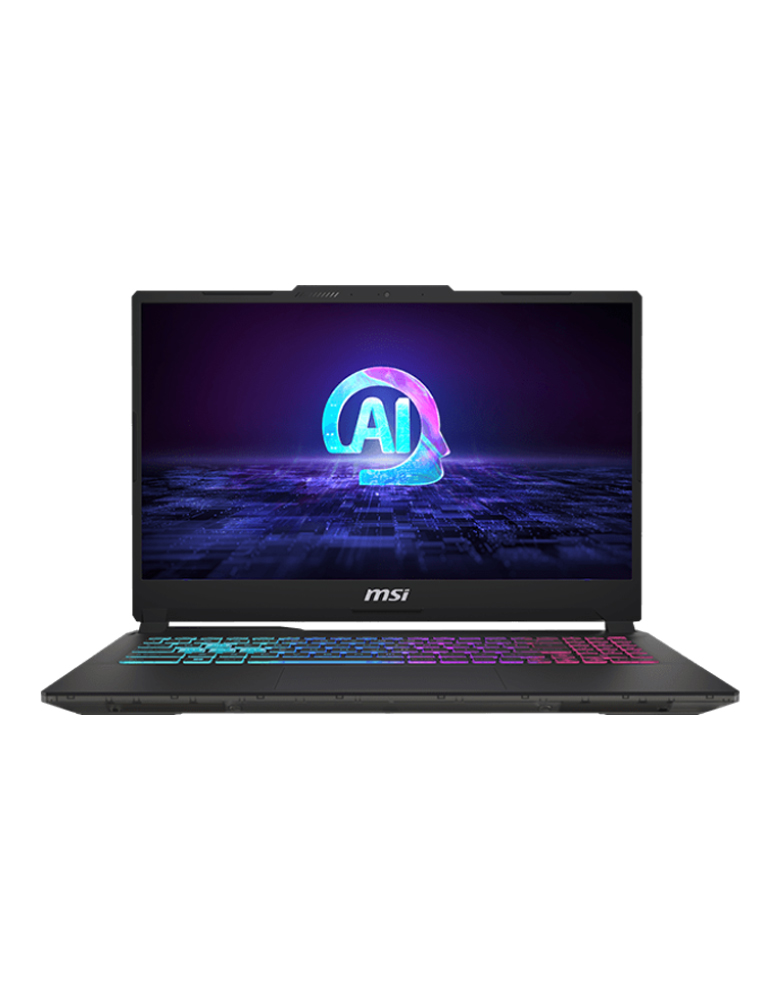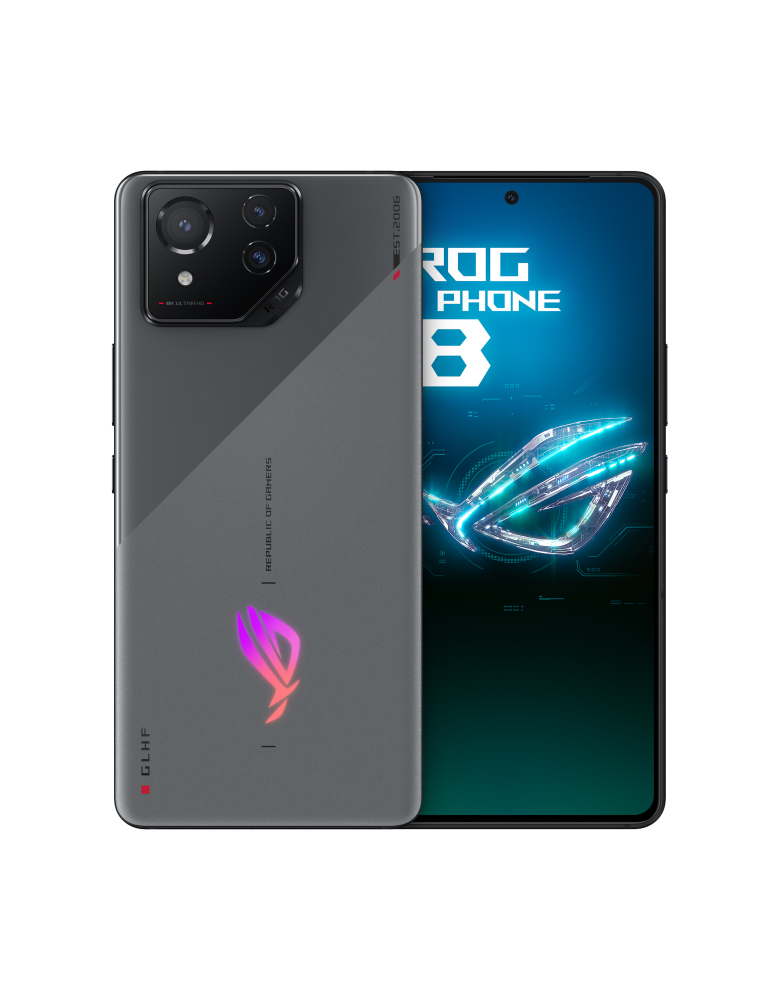In the ever-evolving landscape of technology, Wi-Fi standards play a pivotal role in shaping our digital experiences. With the emergence of Wi-Fi 6 and the anticipation surrounding Wi-Fi 7, users are eager to understand how these advancements compare to traditional network service provider routers, particularly in the context of the Philippines.
In the Philippines, where connectivity is crucial for both personal and professional endeavors, staying abreast of Wi-Fi advancements is paramount. In this article, we delve into the difference between Wi-Fi 6, Wi-Fi 7, and the conventional routers provided by network service providers, shedding light on their features, benefits, and implications for users.
Understanding Wi-Fi 6 and Wi-Fi 7
Wi-Fi 6 represents a significant leap forward in wireless technology. It boasts higher data rates, improved performance in congested environments, and enhanced power efficiency compared to its predecessors. With features like Orthogonal Frequency Division Multiple Access (OFDMA) and Multi-User Multiple Input Multiple Output (MU-MIMO), Wi-Fi 6 facilitates smoother connectivity for multiple devices simultaneously.
While Wi-Fi 6 has already made significant strides in improving speed and performance, Wi-Fi 7 promises to push the boundaries even further.
Wi-Fi 6: Enhancing Efficiency and Speed
One of the primary objectives of Wi-Fi 6 is to improve efficiency in high-density environments, such as crowded urban areas, office buildings, and public spaces. Increased speed, improved efficiency, better range, and compatibility are just some of the key features of Wi-Fi 6.
Wi-Fi 6 is designed to address the growing demands of modern connectivity, catering to bandwidth-intensive activities such as streaming 4k video, online gaming, and IoT applications.
Wi-Fi 7: Pushing the Boundaries
While Wi-Fi 6 is still relatively new, discussions about Wi-Fi 7 are already underway, signaling the continuous evolution of wireless standards. Wi-Fi 7 is expected to build upon the foundation laid by Wi-Fi 6, further improving data transfer speeds, reducing latency, and enhancing overall network efficiency. With potential features like multi-gigabit speeds, ultra-low latency, and support for emerging technologies, Wi-Fi 7 promises to deliver an even more immersive and seamless wireless experience.
Comparing with Traditional Routers
In the Philippines, traditional network service providers offer internet connectivity through various technologies such as DSL, cable, and fiber optics. While these providers have played a crucial role in connecting people across the country, they often face challenges related to infrastructure limitations, service reliability, and affordability.
In contrast to Wi-Fi 6 and Wi-Fi 7, traditional routers provide by network service providers in the Philippines often lag behind in terms of technological advancements. While these routers may suffice for basic internet browsing and streaming, they may struggle to keep pace with the demands of modern connectivity, especially in households with multiple devices and bandwidth-intensive activities.
Differences and Benefits
- Speed and Efficiency: Wi-Fi 6 and Wi-Fi 7 offer higher speeds and improved efficiency compared to traditional routers, enabling faster downloads, smoother streaming, and reduced latency for a seamless online experience.
- Capacity and Performance: With features like OFDMA and MU-MIMO, Wi-Fi 6 and Wi-Fi 7 excel in handling multiple devices simultaneously, making them ideal for households or offices with numerous connected gadgets.
- Futureproofing: As the demand for high-speed wireless connectivity continues to grow, investing in Wi-Fi 6 or preparing for Wi-Fi 7 adoption ensures future proofing your network infrastructure, staying ahead of technological advancements and maximizing the potential of emerging applications and devices.
In the dynamic realm of wireless networking, the transition from Wi-Fi 6 to Wi-Fi 7 signifies a continued quest for innovation and improvement. While traditional routers provided by network service providers may suffice for basic connectivity needs, embracing Wi-Fi 6 and Wi-Fi 7 offers unparallelled speed, efficiency, and future-proofing capabilities, essential for navigating the digital landscape of the Philippines and beyond. Stay connected, stay informed, and embrace the possibilities of tomorrow’s wireless world.
Accessing Wi-Fi 6 and Wi-Fi 7 in the Philippines
Some of you may be asking, “how do I even make use of Wi-Fi 6 and Wi-Fi 7?”, here are some ways you can:
Upgrade your Hardware
To access Wi-Fi 6 or Wi-Fi 7, you’ll need compatible hardware, including routers, access points, and devices (such as smartphones, laptops, and tablets, etc.). Look for devices that are explicitly labeled as Wi-Fi 6 or Wi-Fi7 compatible. While Wi-Fi 6- compatible devices are already widely available, Wi-Fi 7-compatible hardware may take some time to reach the market. However, because we always try to keep abreast of the latest tech trends, of course, we got products that are compatible with Wi-Fi 6 and Wi-Fi 7 that might interest you.
Choosing the Right Service Providers
In the Philippines, accessing Wi-Fi 6 and Wi-Fi 7 will also depend on your internet service provider (ISP). Look for ISPs that offer plans with support for these advanced Wi-Fi technologies. Stay updated with announcements from ISPs regarding the rollout of Wi-Fi 6 and future plans for Wi-Fi 7 deployment.
Keeping Updated on Technological Advancements
While the access of these new Wi-Fi technology in the Philippines may require some effort, staying informed and proactive will help you make the most of these innovations when they become available. Keep an eye on hardware compatibility, ISP offerings, and technological developments to ensure you’re ready to embrace the next generation of Wi-Fi connectivity.
Key Takeaways
- Wi-Fi 6 and Wi-Fi 7 offer several advantages over traditional network providers, including faster speeds, lower latency, improved reliability, and greater flexibility.
- With the proliferation of smart devices, IoT applications, and bandwidth-intensive activities, the demand for robust wireless connectivity continues to rise, making technologies like Wi-Fi 6 and Wi-Fi 7 increasingly attractive options for consumers and business alike.
- It’s important to note that the adoption of Wi-Fi 6 and Wi-Fi 7 may require infrastructure upgrades and investments in compatible hardware, which could pose challenges for widespread deployment, particularly in regions with limited resources and connectivity infrastructure.
- Despite the challenges, the evolution of wireless technology holds great promise for bridging the digital divide, empowering communities, and driving socio-economic development in the Philippines and beyond.
As we navigate the ever-changing landscape of wireless connectivity, understanding the differences between Wi-Fi 6, Wi-Fi 7, and traditional network providers is crucial for making informed decisions about our digital infrastructure needs. While Wi-Fi 6 and Wi-Fi 7 offer exciting advancements in speed, capacity, and efficiency, traditional network services continue to play a vital role in connecting communities and driving progress. By embracing innovation, investing in infrastructure, and fostering collaboration, we can build a future where reliable, high-speed wireless connectivity is accessible to all.
























